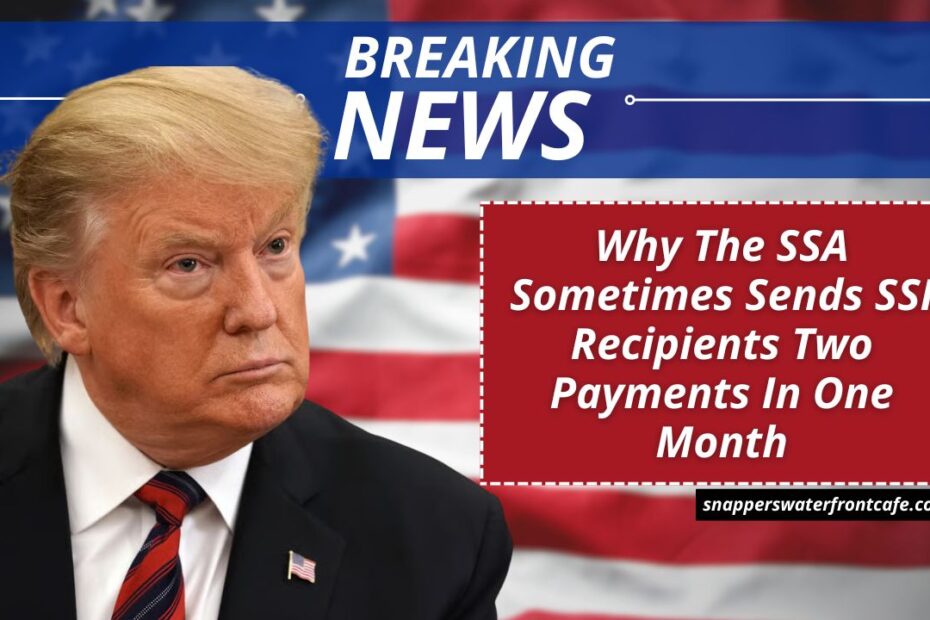Many Supplemental Security Income (SSI) recipients are surprised when two payments arrive in the same month. This article unpacks the SSA’s scheduling system, explains how calendar quirks like weekends and holidays trigger early payments, and shows how this affects budgeting.
What Is SSI? – Basic Overview
SSI is a means‑tested federal program run by the Social Security Administration (SSA), designed to support low-income individuals who are 65 or older, blind, or disabled .
- It is funded by U.S. Treasury general funds, not payroll taxes .
- As of May 2025, SSI serves over 7.4 million Americans.
Typical SSI Payment Schedule
Normally, SSI payments arrive on the 1st day of each month. However, if the 1st falls on a weekend or federal holiday, the SSA shifts the deposit to the preceding business day.
Why Some Months Have Two SSI Payments
When the 1st of a month is a weekend or holiday, two payments may occur in one calendar month. The first is the regular payment; the second is the next month’s payment issued early. The SSA emphasizes this is not a bonus or duplicate—just advance timing to prevent delays .
Recent Examples in 2025
Here’s how this played out in 2025:
| Month | Regular SSI Payment | Early (Next Month) Payment | Reason |
|---|---|---|---|
| May 2025 | May 1 | May 30 (June’s payment) | June 1 fell on a Sunday |
| August 2025 | August 1 | August 29 (September’s) | Sept 1 is Labor Day |
| October 2025 | October 1 | October 31 (November’s) | November 1 is a Saturday |
| December 2025 | December 1 | December 31 (January 2026’s) | January 1 is New Year’s Day |
What This Means for Recipients
- No need to report: The SSA confirms that receiving two payments in one month under these circumstances is intentional—there’s no action required .
- Received via normal channel: Both deposits use your standard payment method (direct deposit, check, etc.).
- Budget impact: Because one month may lack a payment (e.g., June 2025 had none), it’s essential to plan accordingly .
Double SSI payments are triggered by calendar quirks—not extra benefits. One payment covers the current month, and the second is simply the next month’s benefit arriving early. To avoid confusion or budgetary surprises, consult the SSA’s annual payment schedule, which outlines these exceptions.
Receiving two SSI payments in one month is entirely by design. The early deposit prevents delays when the 1st falls on a non-business day.
One cheque reflects the current month, the next is for the upcoming one. By understanding this scheduling logic—and referring to the SSA’s payment calendar—recipients can avoid confusion and budget effectively.
